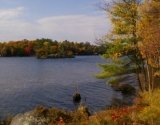Septic Systems, How They Work and How to Care For Them
You Are Here: Buy a Cottage> Cottage Septic SytemsThe best explanation I can find on septic systems and the cottage
Poop Talk - It's All About The Water from Sticks and Stones Productions on Vimeo.
Septic systems problems are one thing as new owner of a waterfront property you do not want to deal with.
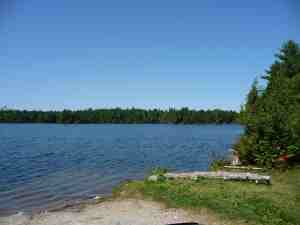
Septic systems were made to last twenty five years and you're now in cottage country. Never know what you may find!
Many properties have been expanded to the point where the system is not adequate for the size of the cottage.
In cottage country you never know what you may find! They may be constructed of wood, steel or homemade and may need immediate replacing. The size of the septic tank required depends on the size of the cottage determined by the number bedrooms.
Works for now but, you may have issues if you try and replace it!
In your due diligence before purchasing you should have had the system inspected, look to the section buying a cottage for more information.
If you have never dealt with a this kind of system before you should learn the basics of the system and how to maintain after purchasing your waterfront home or cottage.
Septic systems fall under the Ontario Building Code, generally municipalities are responsible for approval and the installation guidelines of the system.
The responsibilities are sometimes delegated to conservation authorities or local health units. They follow detailed guidelines, issue permits, make inspections, collect fees and store various documents regarding installations.
Make no mistake though, after purchasing you need to maintain the septic system.
Where does it go when you flush your toilet?
If your home is in a city or town, it likely goes into a municipal sewer system and then to the sewage treatment plant. In cottage country you are most likely to have your waste water treated by a septic system.
A septic tank receives the waste water created from the cottage use. From the septic tank the liquids flow to a leaching bed located in the soil which treats the effluent 'before' it flows to the groundwater system.
The Septic Tank.
The septic tank separates liquids from solids and provides some breakdown of the organic matter in the waste water. A modern septic tank is a container made from concrete, polyethylene or fiberglass and may contain one or two compartments.
When waste enters the septic tank the solids settle to the bottom, this is called sludge.
Lighter materials such as greases and fats, float to the surface and is called scum. Some of the solids are digested by Anaerobic bacteria, waste water flows into the leaching bed for further treatment in the soil.
What is the Leaching Bed?
Waste water from the septic tank flows into the leaching bed. The leaching bed is plastic pipes with exit holes (older systems may have clay tiles instead of plastic) in the filter material such as sand.
The actual size, design and layout of the leaching bed is defined by the Ontario Building Code and is based upon the volume of sewage, the underlying soils, and other factors.
This soil filter uses natural processes to treat the waste water from the septic tank.
In each distribution trench a slime layer of bacteria forms and it is here where the treatment occurs. Bacteria in this slime layer consume the organic matter in the waste water as well as transforms 'ammonia nitrogen' to 'nitrate nitrogen'. (Big Words eh!)
Ammonia Nitrogen is toxic to many aquatic species is why you should address this before your purchase of a cottage property. The toxic components are largely removed through a proper working system.
Maintaining Your Septic System
NEVER:
Put fats, oils, grease, gasoline, antifreeze, varnishes, paints, solvents, pesticides, cat box litter, tampons, diapers, sanitary napkins, condoms, coffee grounds, egg shells or cigarette butts into the system. The toilet is not the garbage.
NEVER:
Reduce or eliminate phosphate detergents, soaps and cleaners.
Keep records of permits pumping, repairs and maintenance.
Ensure that your system is in good condition when you buy.
Regularly maintaining your system will allow you to enjoy many years of trouble free service.
Septic Systems-Ontario Cottage- Back to Home

BIG RIDEAU LAKE
3276 MacDonald Island Road
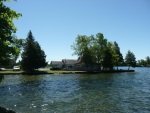
1473 North Shore Road Kingston
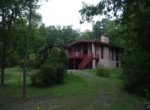
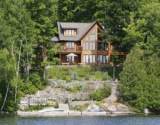
BUYER PROGRAM
